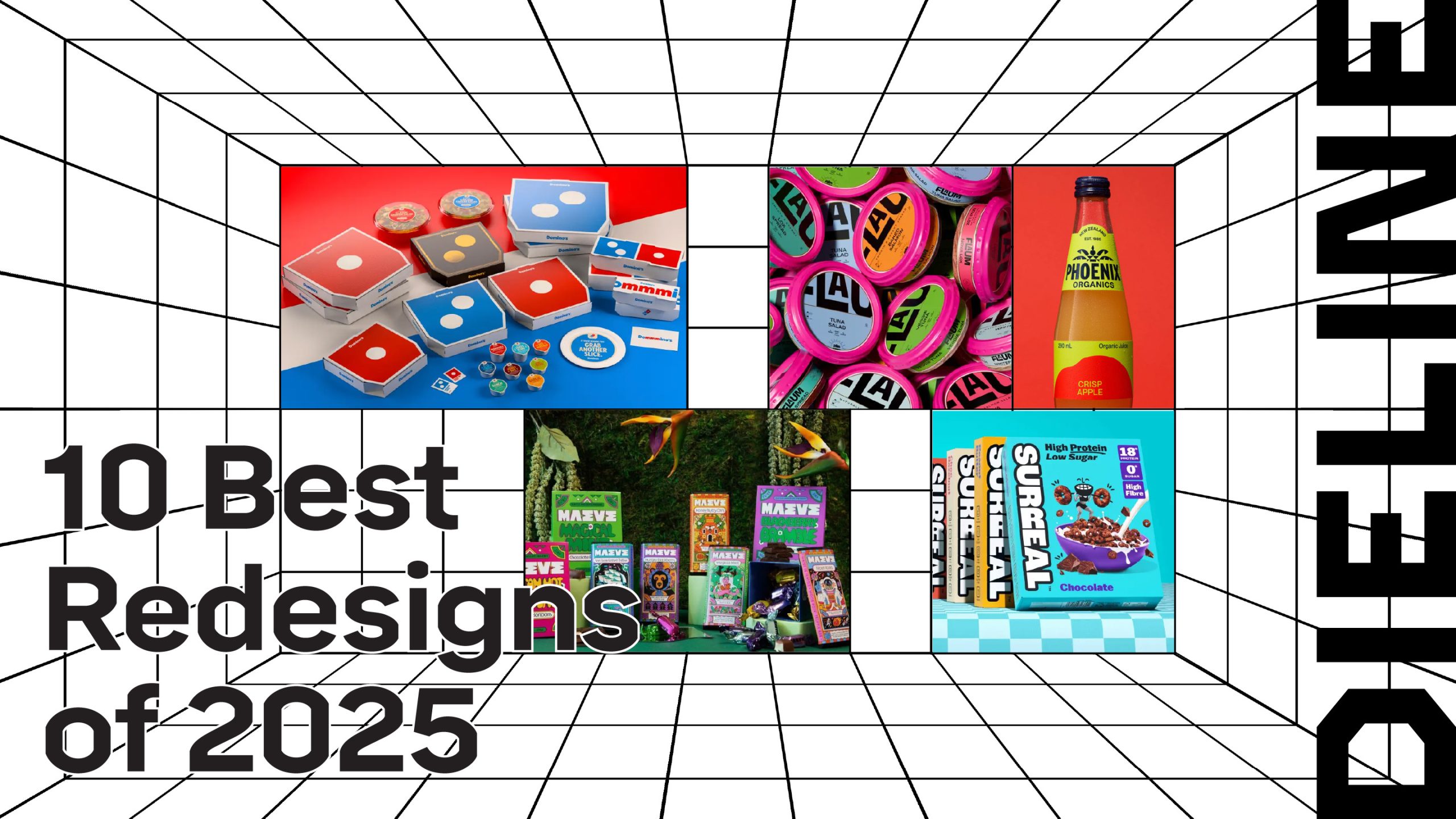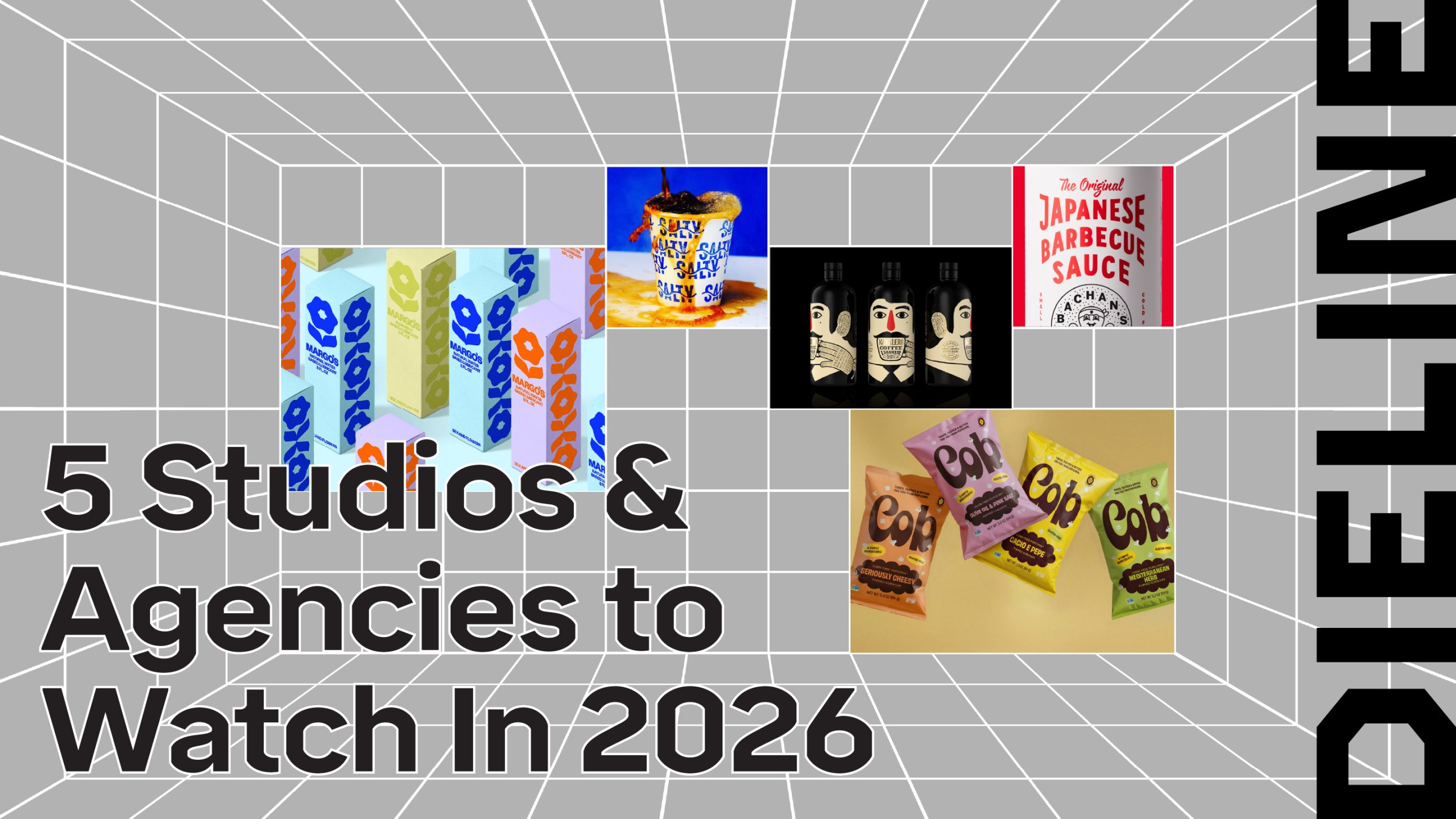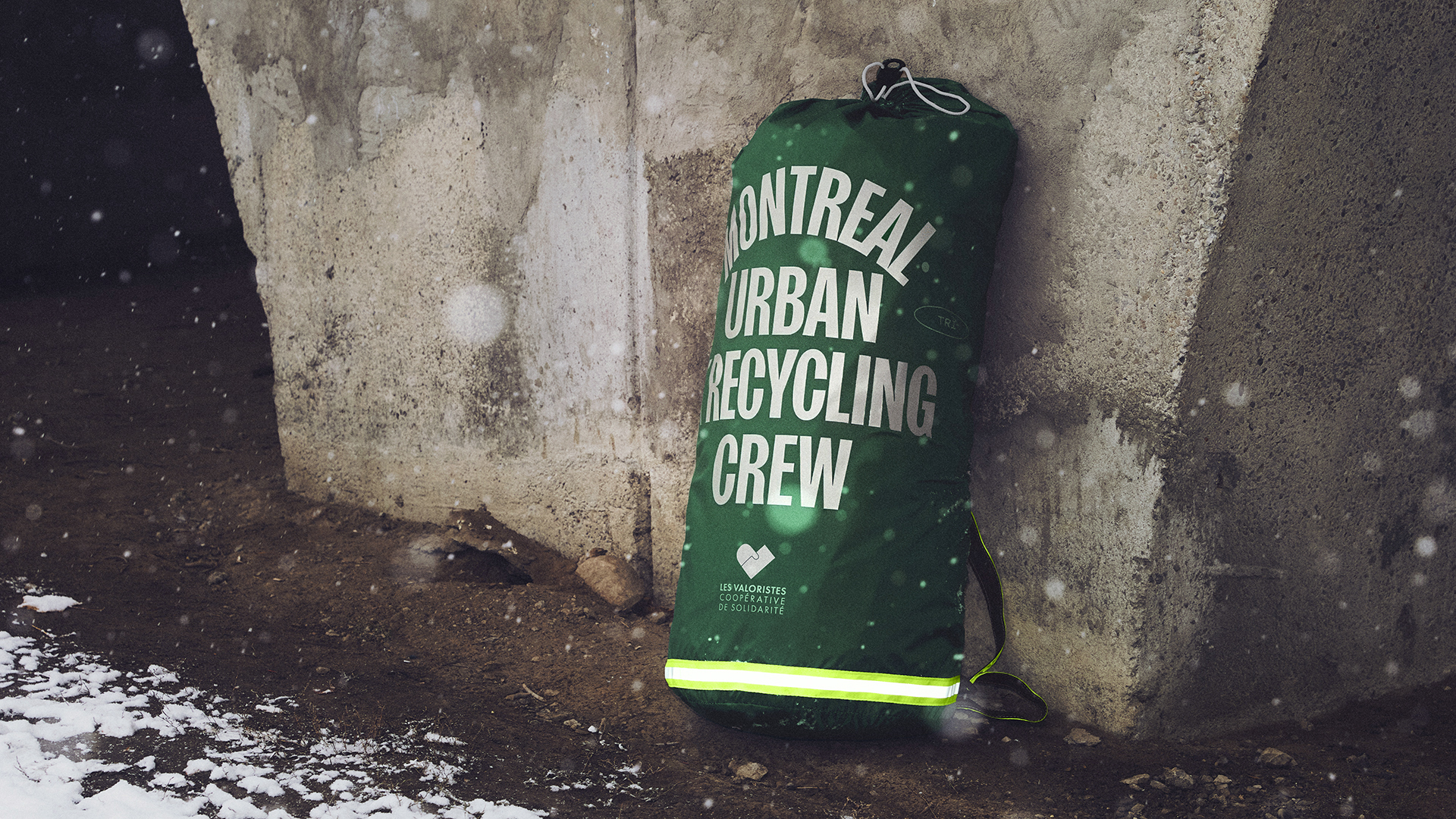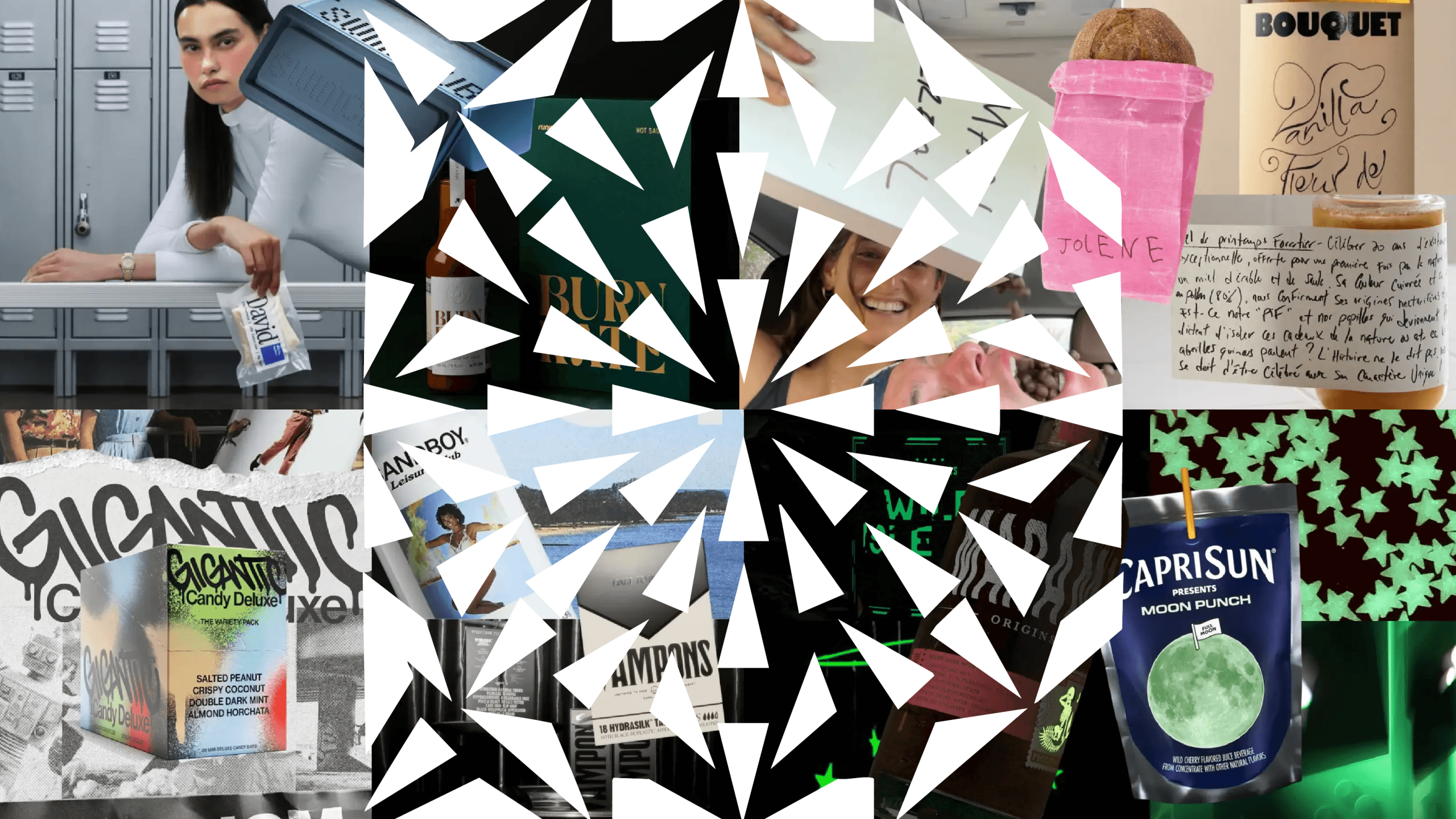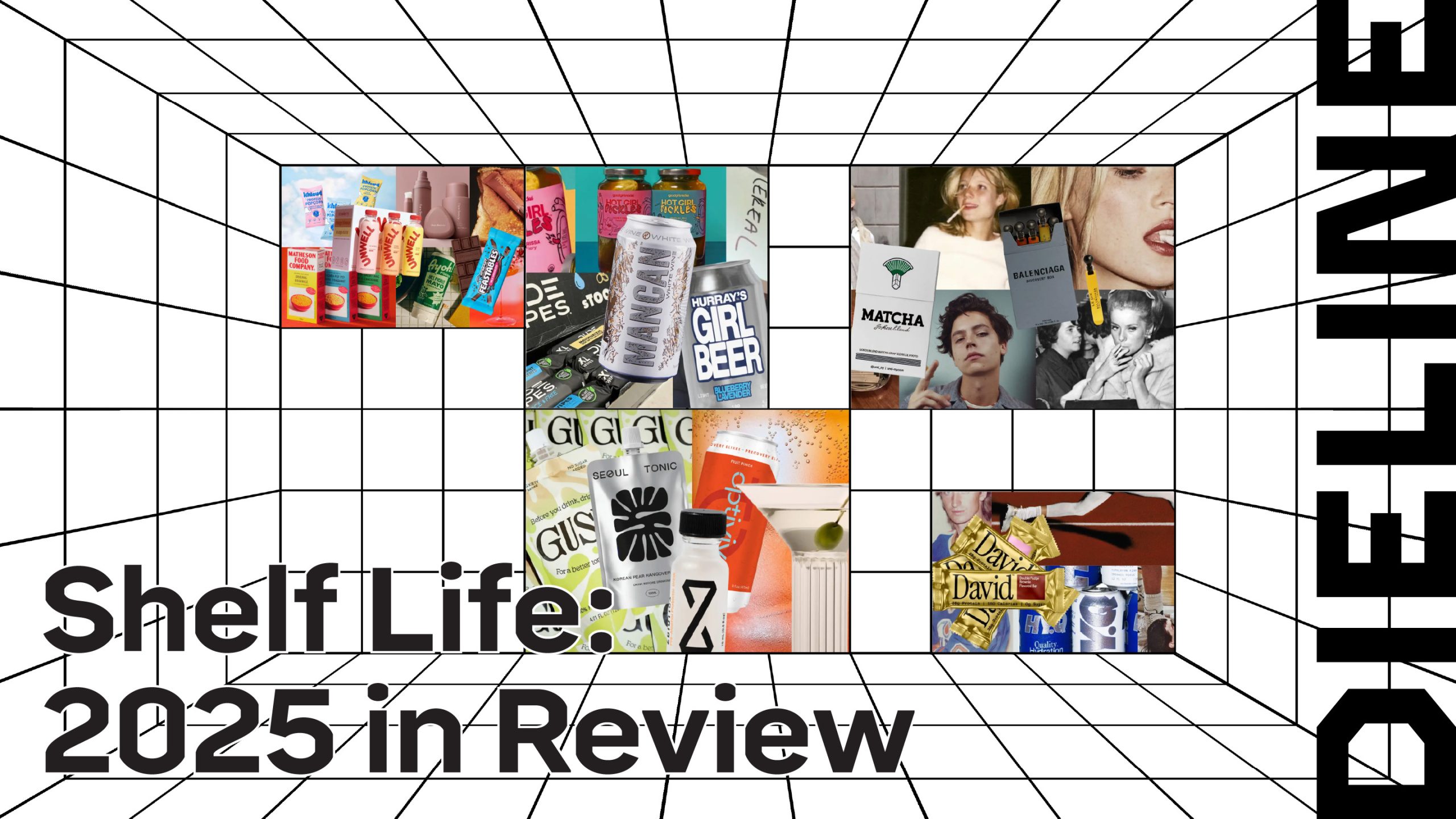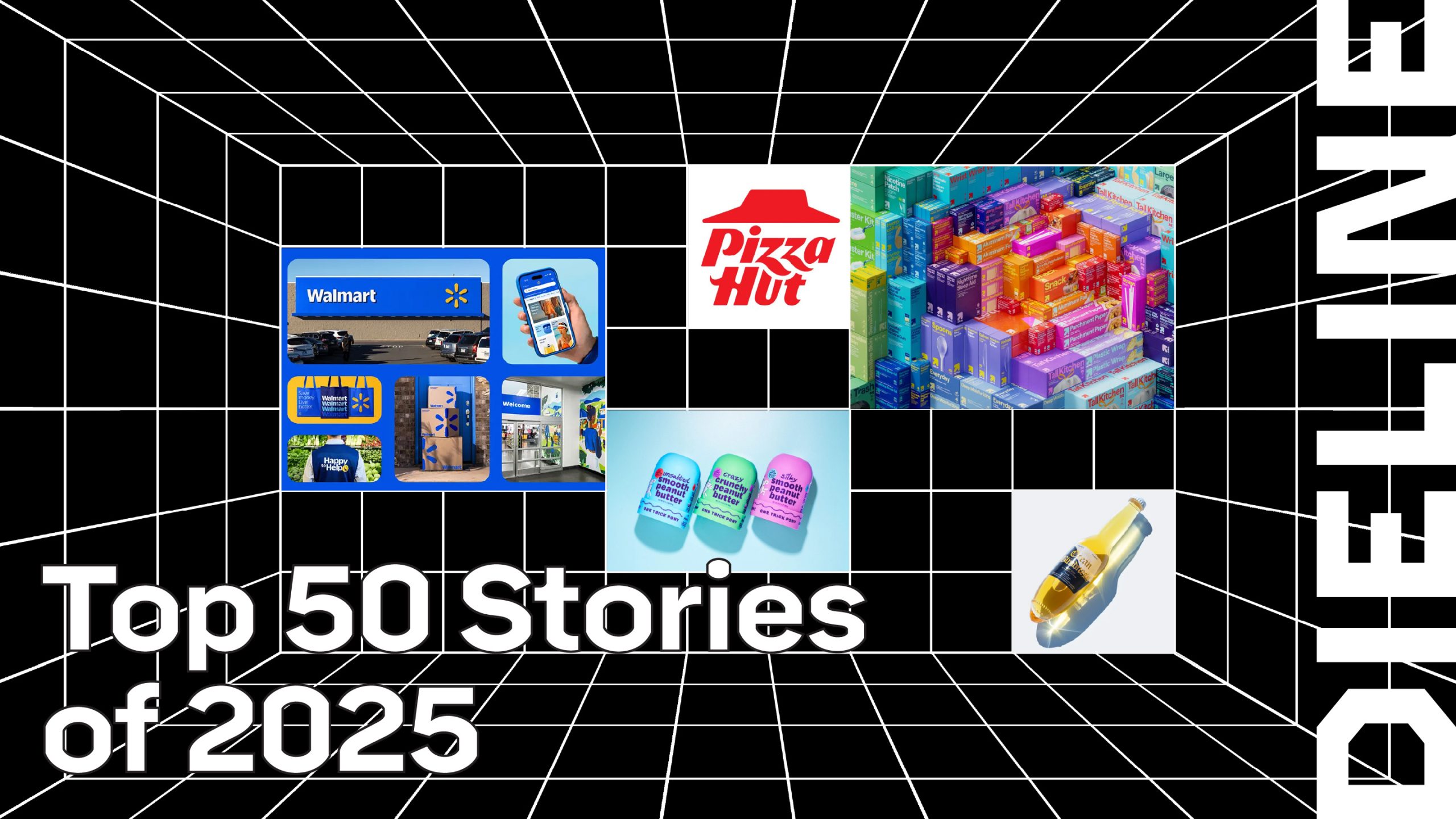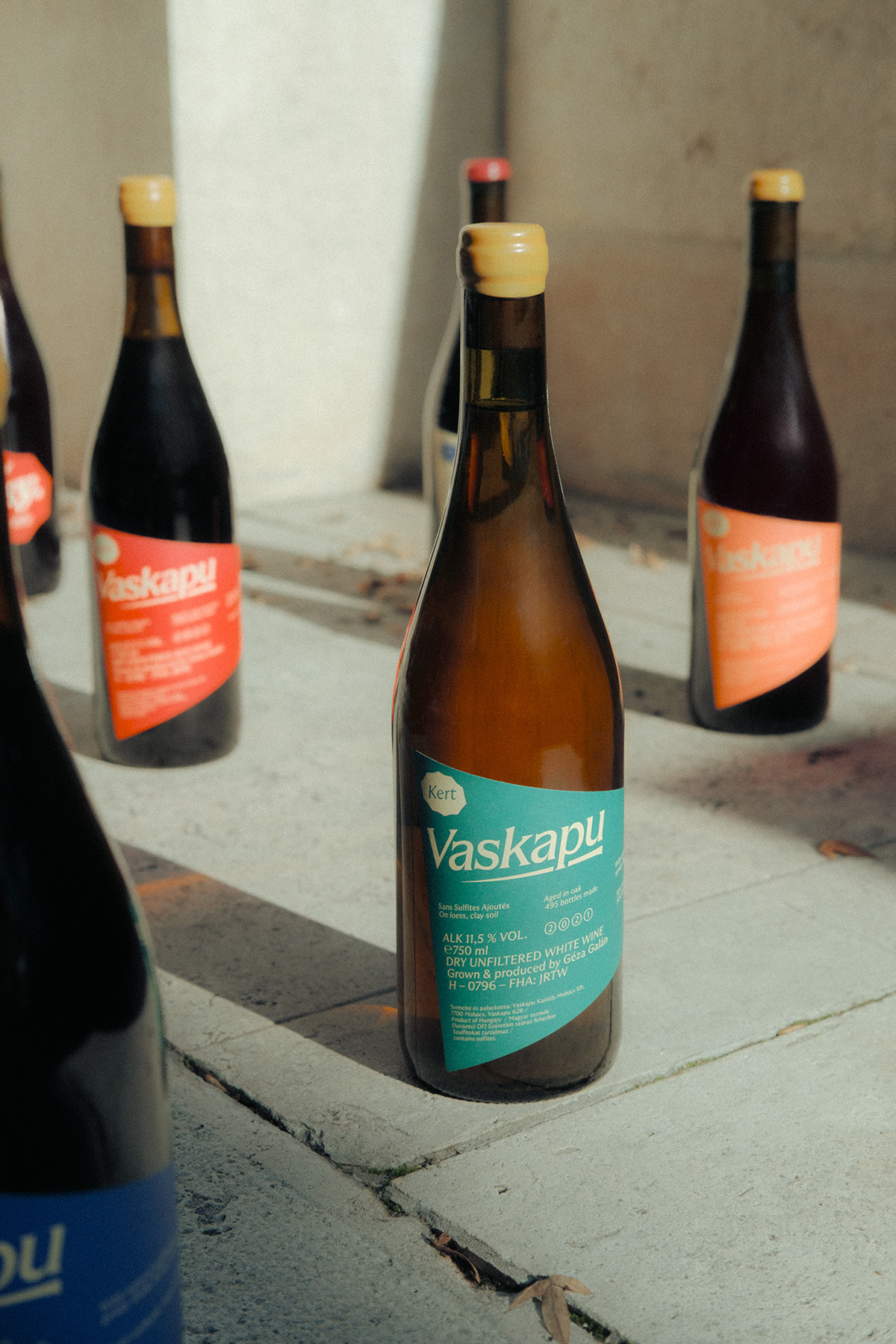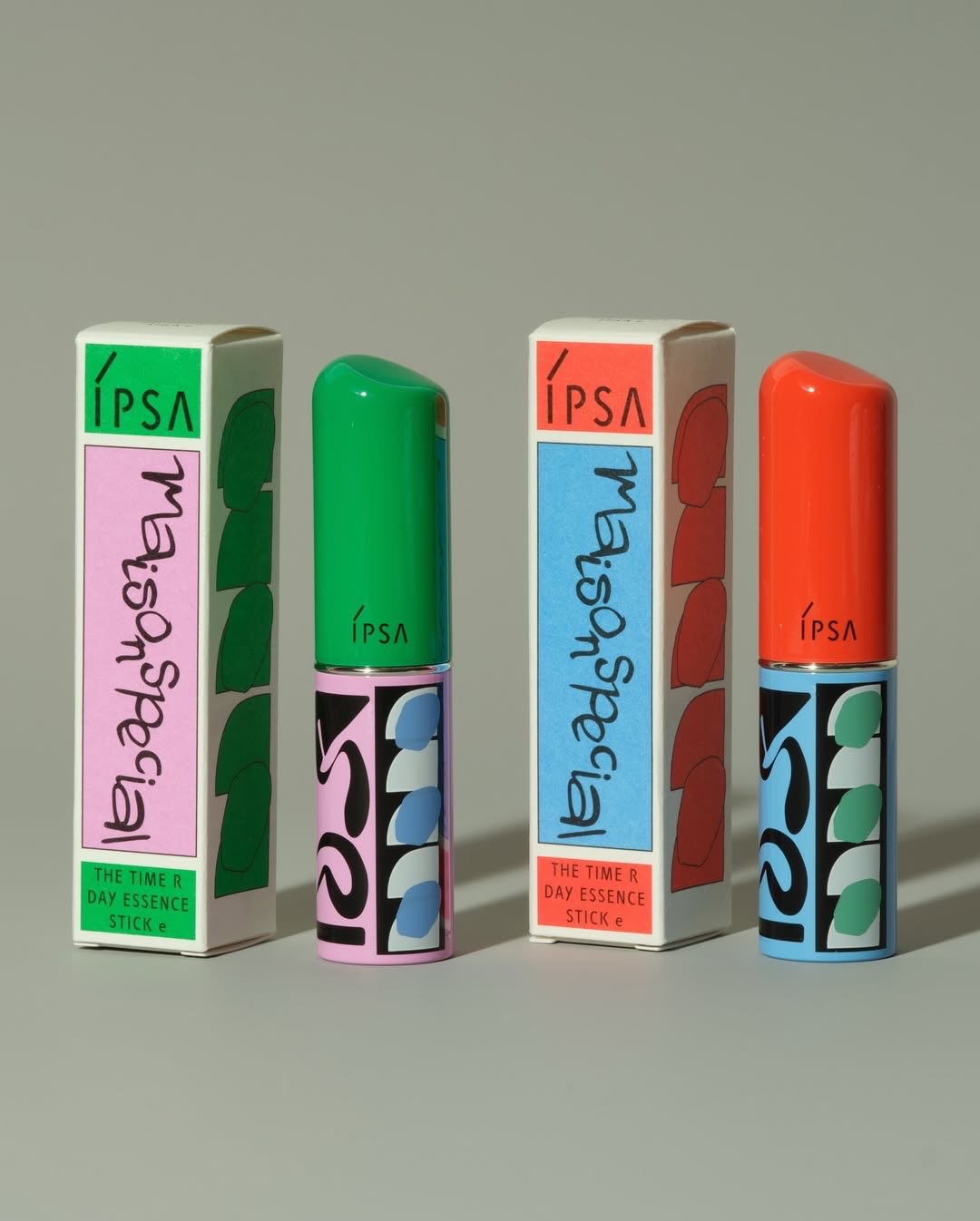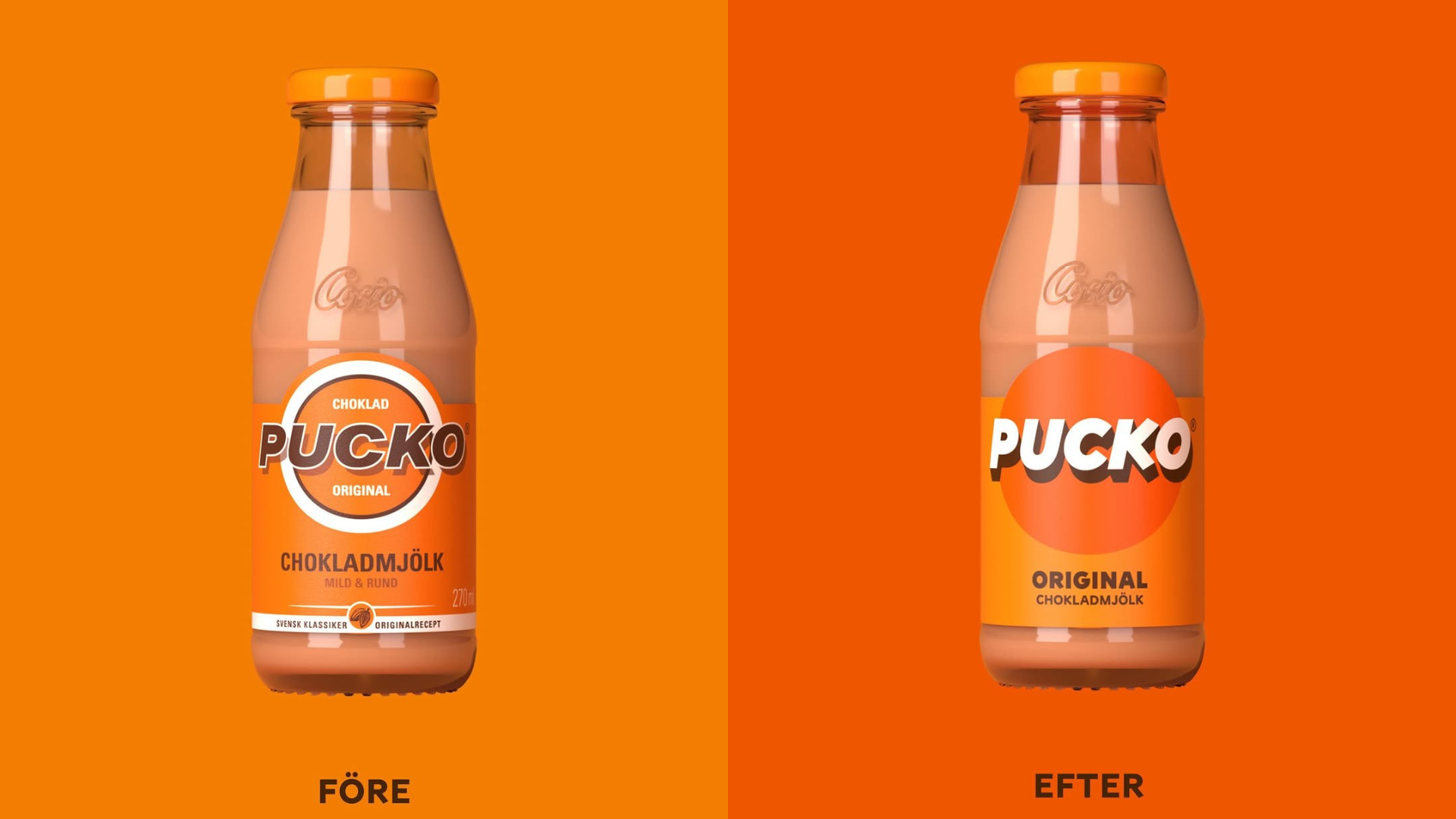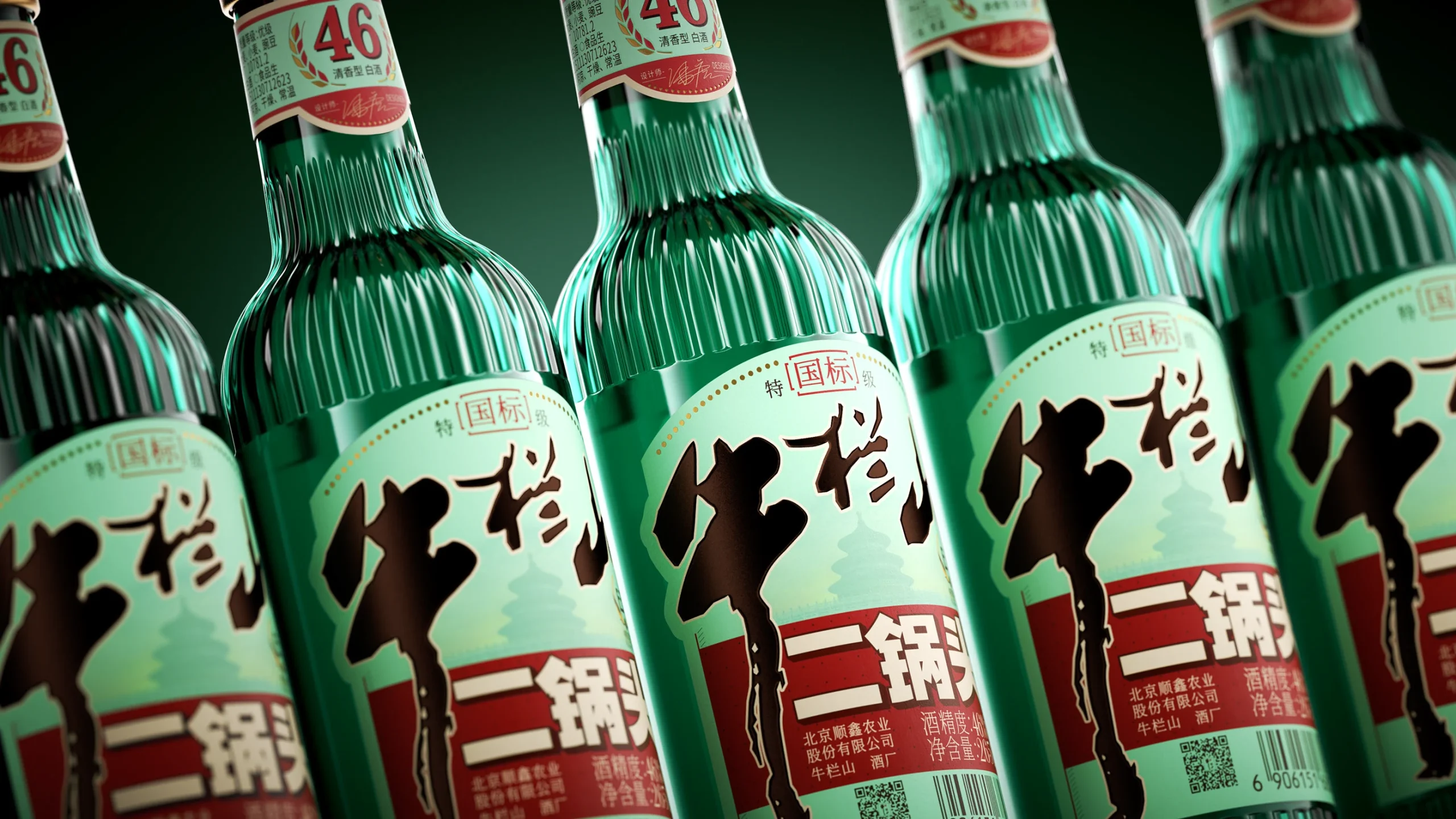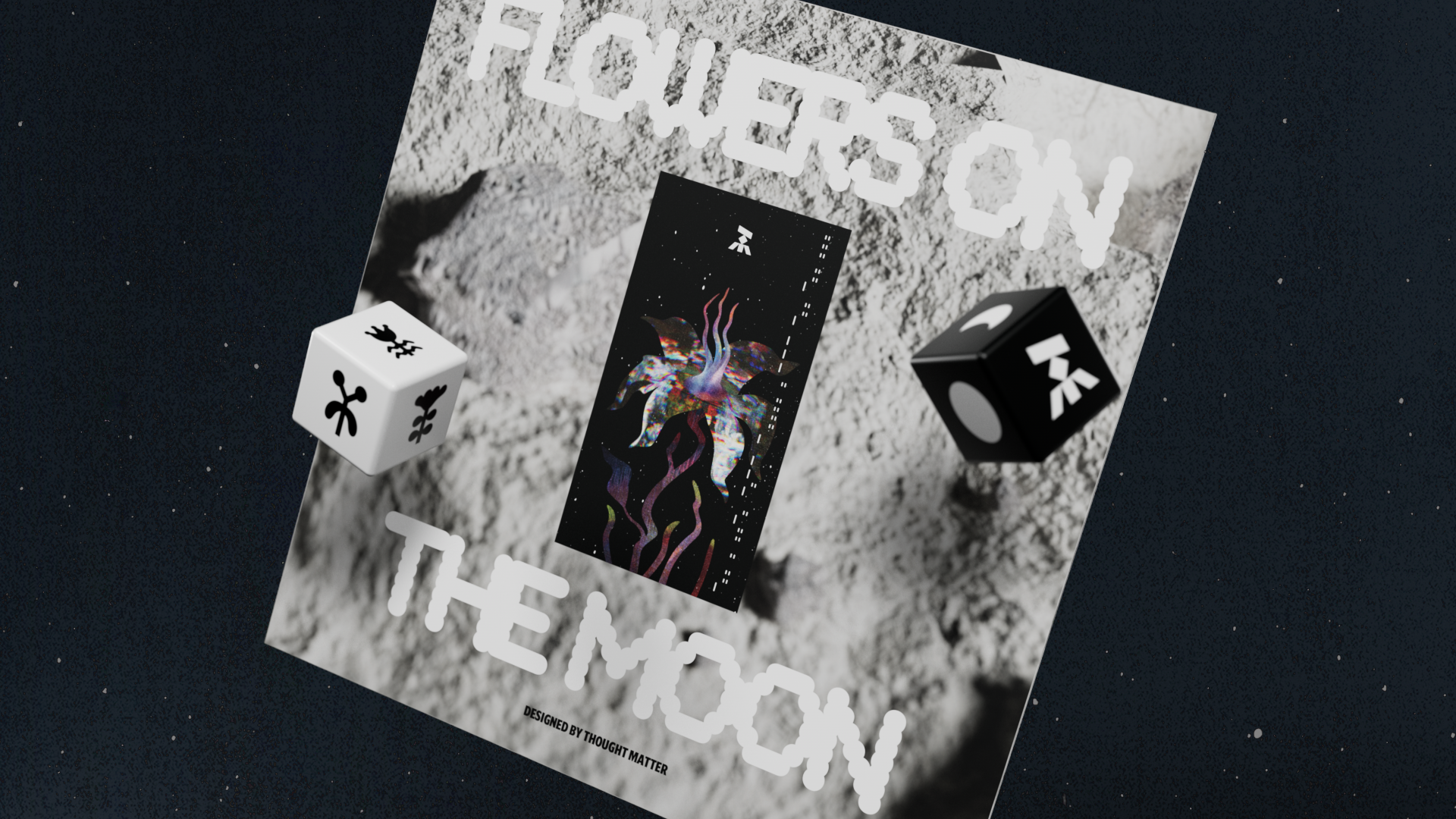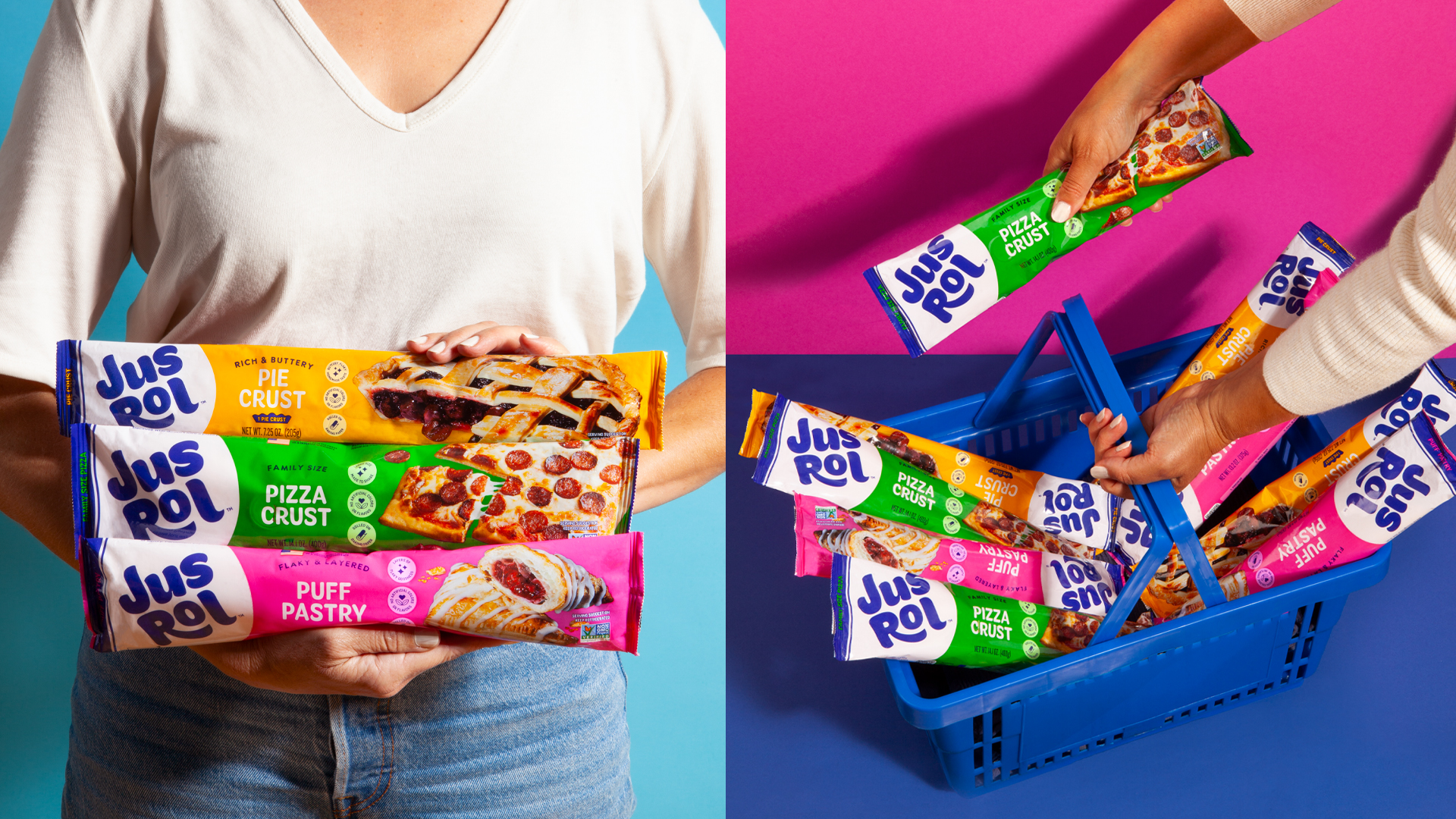

Traditional packaging and labels will be a thing of the past if Peter Oberdorfer has anything to say about it. It won’t be enough to have an eye-catching design, a pleasing color palette, and an expressive font. In the future, packaging is going to have to come alive, literally.
But then again, he’s brought this future to the here and now, and you’re bound to see more of it soon if you haven’t already. This packaging future we’re talking about is augmented reality (AR). It takes something in the real world and enhances it with computer-generated effects which can relate to the senses.
“I see it as not a gizmo or a fad, but as a medium that’s the next stage of what mobile and web really is,” Peter said. With production experience on over 30 feature films, he is also the President of Tactic, a studio which specializes in the production of immersive experiences. These range from virtual reality to apps, games to installations, and everything in between.

